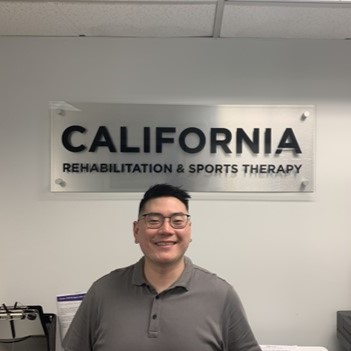Physical treatment is one significant part of rehabilitation and restoration for numerous patients. This aids patients regain power, improve mobility, and lessen discomfort after injuries or procedures. Numerous methods to physical treatment, all designed to address the particular demands of clients. Understanding these diverse approaches can help people take informed determinations about their rehabilitation process.
A frequent approach to physiological therapy is manual therapy. Such method entails hands-on therapy by a physiological therapist to handle muscle tissue and joints. Physical therapy can help reduce soreness, improve circulation, and enhance range of motion. Therapists may employ techniques such as kneading, articulation mobilization, and elongation to assist patients recover. This approach is commonly helpful for those with musculoskeletal problems, such as back soreness or arthritis, as it concentrates on the bodily components of recovery.
A different important approach is restorative exercise. Such approach includes specific activities crafted to boost power, equilibrium, and coordination. Bodily practitioners design personalized movement regimens based on the client's situation and objectives. Such movements can vary from simple actions to increasingly advanced tasks. Therapeutic exercise is vital for rebuilding power after an injury and avoiding future issues. This also assists patients recover confidence in their physiological abilities, which is crucial for overall healing.

Aquatic rehabilitation is an additional beneficial method that utilizes liquid to aid in rehabilitation. This method takes advantage of the support of aqua, which reduces the impact on joints and allows for more comfortable activity. Clients can carry out activities in a swimming pool, making it a fantastic choice for those with restricted movement or discomfort. important source Pool therapy can assist enhance power, mobility, and endurance while providing a nurturing setting for rehabilitation. It is particularly advantageous for clients rehabilitating from operations or those with long-term pain conditions.
In conclusion, learning and autonomy are essential elements of physical therapy. Bodily specialists also offer treatment but also instruct individuals about their situations and how to manage them. This comprises grasping body function, alignment, and the significance of staying engaged. Through empowering patients with understanding, practitioners assist them take an engaged position in their rehabilitation. This technique motivates patients to continue their healing beyond the scope of care appointments, leading to better enduring results.
In conclusion, physical treatment offers multiple approaches to enhance healing and recovery. Hands-on rehabilitation, therapeutic exercise, pool rehabilitation, and knowledge all play important roles in aiding clients restore their strength and flexibility. Every method is designed to meet the individual requirements of patients, providing a holistic technique to rehabilitation. By comprehending these different techniques, clients can more successfully manage their recovery process and strive towards achieving their healing objectives.